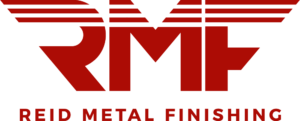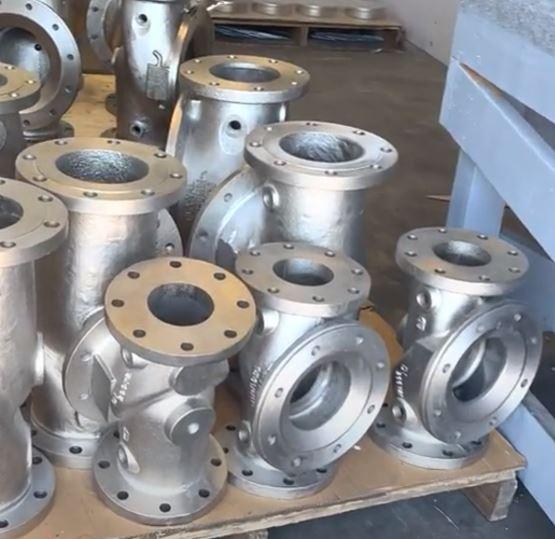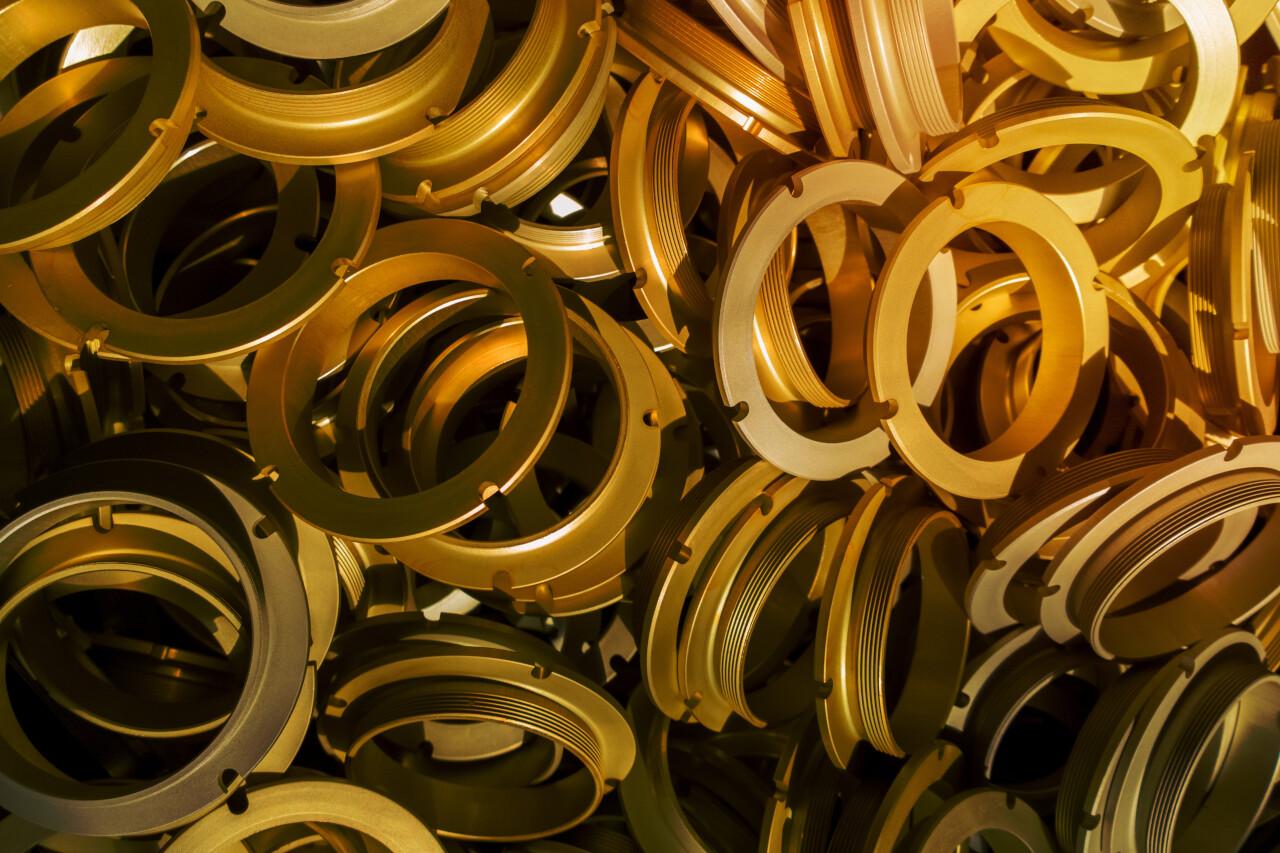Quality Assurance in Metal Finishing
How Reid Metal Finishing Strives to Ensure Excellence
Metal finishing techniques are common and valuable ways to improve the quality, corrosion and wear resistance, and even the aesthetics of metal parts. Metal finishing companies are often one of the last steps in ensuring the quality of a metal product before it’s shipped off to be installed into the end-use equipment or sold to end-use consumers. Good quality management procedures can ensure that any metal finishing processes are completed not just to standard, but also on time.
Reid Metal Finishing has a long record of quality assurance and a proactive approach to continuous improvement of our company. We take several steps to offer professional, top-grade metal plating, anodizing, and chem film finishes for our partners, upholding several NADCAP certifications and accreditations, as well as the Aerospace AS9100 certification for quality management systems throughout our shop.
Considerations for Quality in Metal Finishing
There are many factors that we keep in mind in each project that we take on, such as plating thickness, proper cleaning and pre-treatment, temperature and stress relief.
Plating Thickness
In any plating process, the thickness of the plating is important. Not only do we have to ensure that the thickness matches what our customer’s design requires, but we also have to keep the plating even across the part. We precisely control the deposition of the coating for an even surface across the part, especially for small or complicated geometries.
Plating also causes minor changes to the dimensions of the parts, and should be accommodated in the part design. Depending on the part’s application, our customers choose a thinner or thicker coating.
Pre-cleaning and Treatment
Reid performs metallurgical analysis on certain component surfaces to determine the best type of acid wash, exposure, and temperature profile is best for pre-treatment and cleaning of the part. Cleaning is important for removing debris before any type of metal finishing process, ensuring a smooth surface that is easy to plate or anodize.
Temperature Control
Most metal finishing treatments include heating and cooling steps that need to be precisely controlled and measured. Heating can also introduce stresses into the parts, and can be mostly avoided through proper control. Any residual stresses can be removed through thermal stress relief.
Thermal Stress Relief
Many metal components, especially those that will be used in aerospace applications, will undergo harsh conditions such as large amounts of force, extreme temperatures, and regular and consistent operation. Thermal stress relief eliminates any temperature-induced stress that might have been introduced to the part, protecting the part from deformation in extreme conditions.
Looking for a supplier of quality metal finishing services?
Reid Metal Finishing has been a premier plating and anodizing company for several decades, with a long history of excellence and commitment to quality. Check out our website to learn more!




